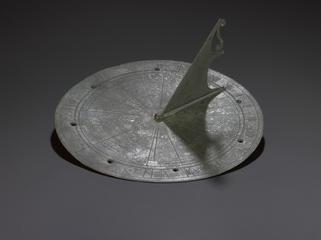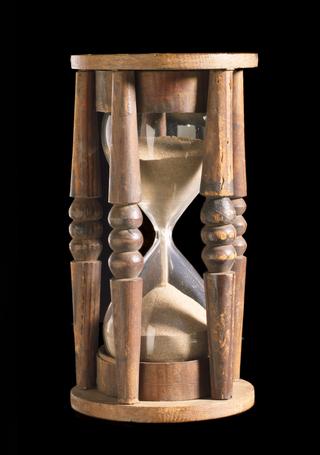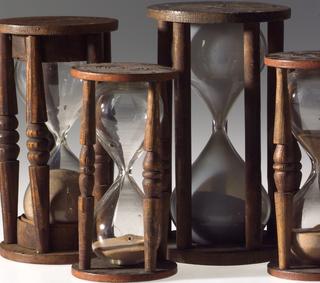
Ancient Egyptian Altitude Sundial, or Shadow Clock, in pine (wood)
- Made:
- 1000-800 BCE in Egypt and Qus




Time measuring device consisting of wooden board with markings to indicate units of time and a raised horizontal wooden gnomon, or shadow-casting device, to show the time. Made in Egypt by an unknown maker, 1000-800 BCE.
This altitude sundial is of a type which was still in use in Egypt during the first quarter of the 20th century although it operates on the same principle as the Egyptian shadow clocks of almost three millennia earlier. The horizontal bar on top of the two uprights is turned to face the sun so that it casts a shadow on the base which is marked to indicate equal units of time. It was used to time various tasks such as the work of labourers or the flow of water in irrigation.
Details
- Category:
- Time Measurement
- Object Number:
- 1926-992
- Materials:
- pine (wood) and steel (metal)
- Measurements:
-
overall: height = 125 mm x width = 1190 mm x depth = 120 mm,
- type:
- sundial
- credit:
- Mr. W. M. Hayes




